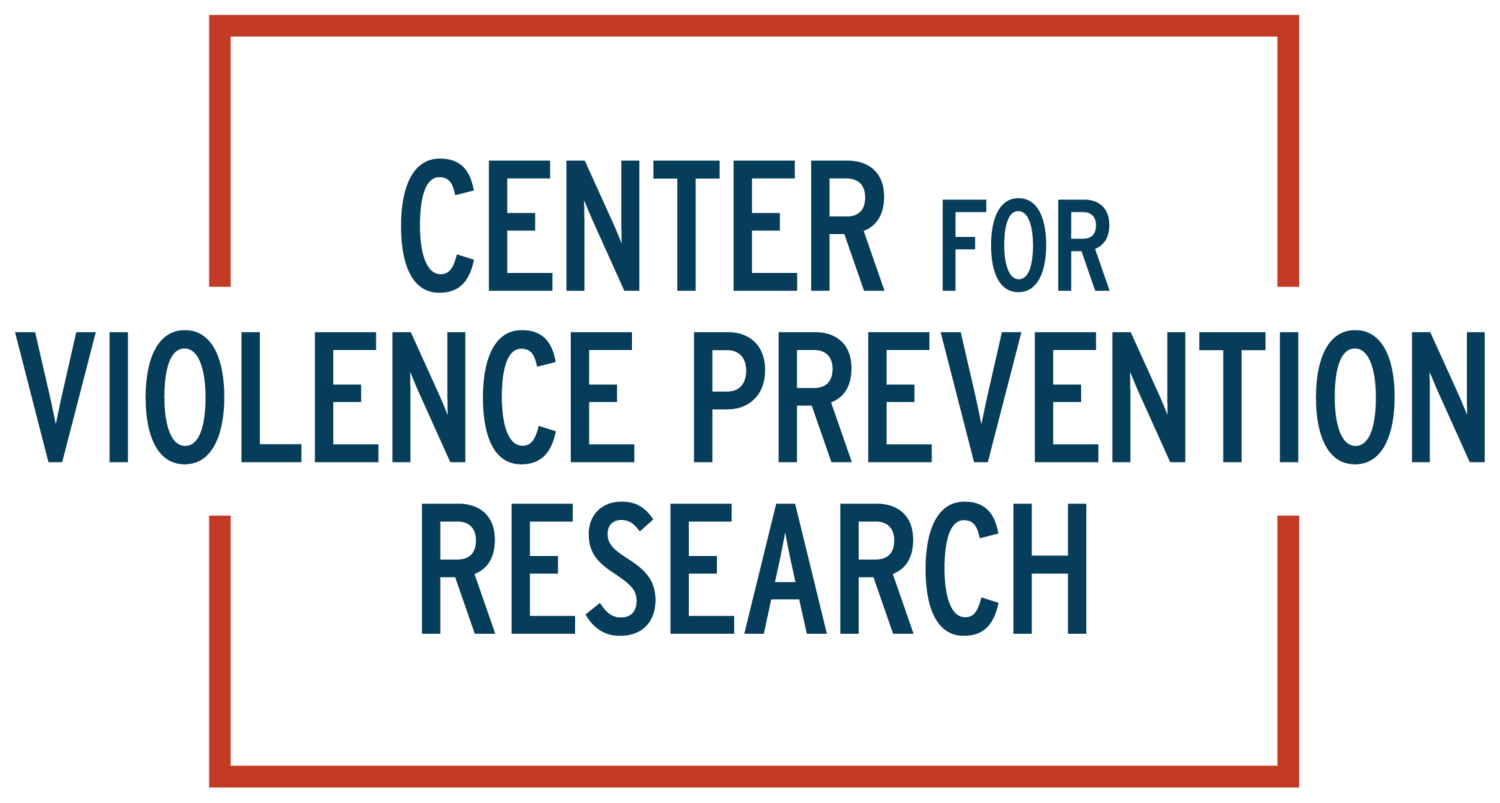State laws for sexual abuse prevention education
The rate of child sexual abuse reports made by school personnel was higher when states adopted mandates for school-based child sexual abuse prevention education relative to when states do not have such legislation.
These mandates had no effect on reports from non-school personnel.
There was no evidence that the mandates increased false reports. That is, the mandates had no effect on the proportion of reports that were substantiated.
Decades of research suggests school-based prevention education programs are effective at increasing children’s ability to recognize potentially unsafe situations as well as how and to whom to report suspected experiences of child sexual abuse. As a result, many states require that students receive child sexual abuse prevention education. We don’t really know, though, if these policies make a difference in actual reports of CSA to child protection or in victimization experiences.
In this study, we examined whether state mandates for school-based prevention education correlate to changes in official reports of child sexual abuse.
We collected information on presence of mandates from all 50 US states from 2005-2019 using data from organizations that track mandates and directly from the state legislation. We then obtained all reports to child protection from 2005-2019 in the US from the National Data Archive on Child Abuse and Neglect (NDACAN).
We found that state education mandates were associated with an increase in the incidence of child sexual abuse reports made by education personnel but not reports made by non-education personnel. Thus, state mandates for child sexual abuse prevention education may increase disclosures from children and reporting to authorities by school-based sources. There is no evidence that state mandates increase false reports.
An ongoing concern for these mandates is that most do not include funding for schools to implement required education, plans for holding schools accountable, tracking of data trends, or requirements for use of evidence-based programs. These elements must be explored for their impact on effectiveness of the mandates.
Read our latest published studies on the topic:
Bright MA, Roehrkasse A, Masten S, Nauman A, & Finkelhor, D. (2022). Child abuse prevention education policies increase reports of child sexual abuse. Child Abuse & Neglect. 2022 134, 105932.
Can't access the papers? Contact us and we're happy to share.
Partners and funders
University of Florida, Monique Burr Foundation for Children, University of New Hampshire

